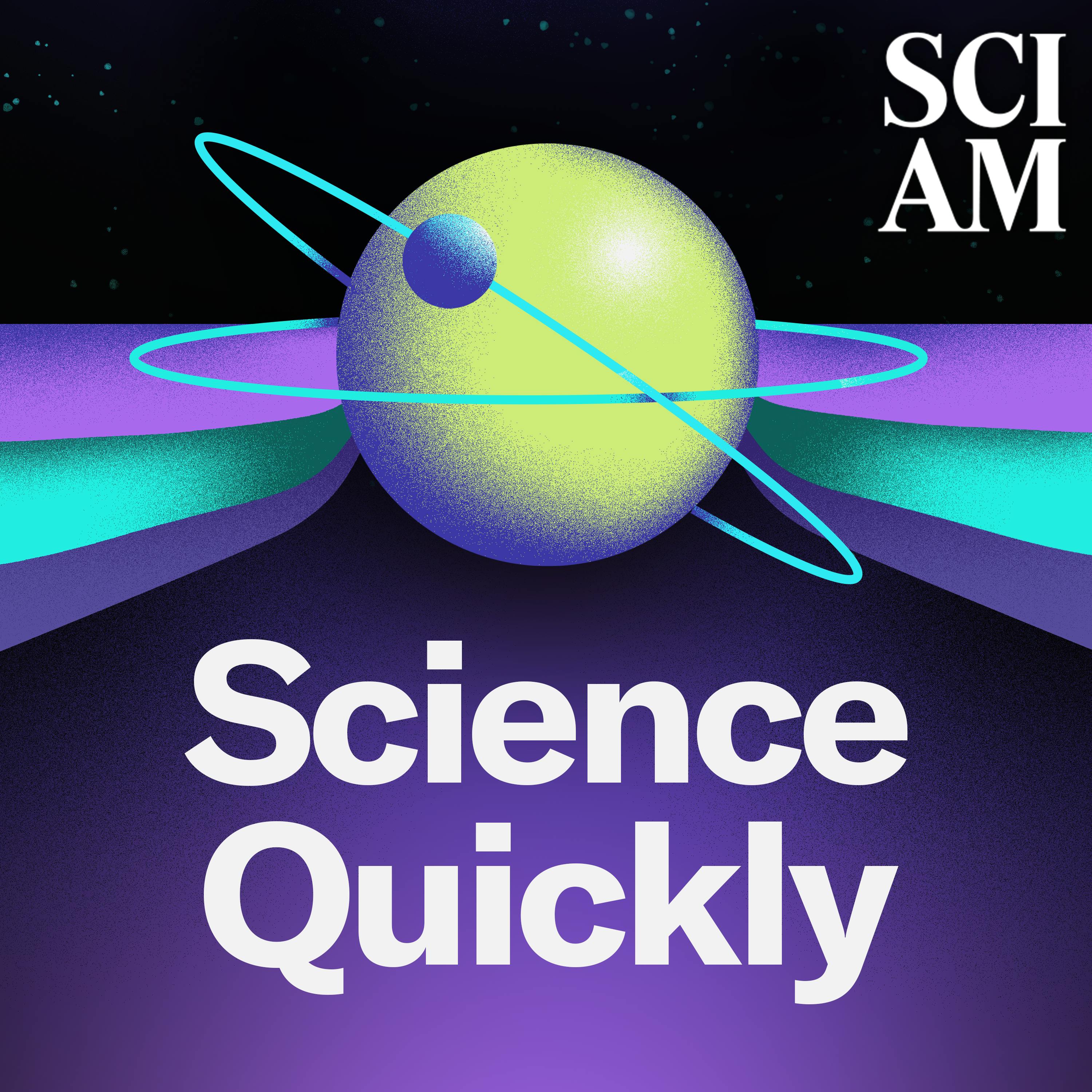Troubled Waters on Cape Cod: Sticker Shock (Part 2)
Description
Cape Cod’s famed ponds and bays are suffering from pollution with a curious origin: human urine. Household septic systems are flushing nitrogen into the water, resulting in toxic algal blooms. In the second installment of our three-part Fascination series about Cape Cod’s “yellow tide,” environmental reporter Barbara Moran looks at the controversial and costly pollution solutions being considered.
You can check out more of Barbara Moran’s reporting on the efforts to improve Cape Cod’s water pollution, including a “pee-cycling” project being considered by one innovative town. And watch WBUR and Scientific American’s documentary short exploring how pollution and algae overgrowth threaten this Massachusetts vacation hub.
Email us at [email protected] if you have any questions, comments or ideas for stories we should cover!
Discover something new everyday: subscribe to Scientific American and sign up for our daily newsletter.
This series is a co-production of WBUR and Scientific American. It’s reported and hosted by WBUR’s Barbara Moran. Science Quickly is produced by Jeff DelViscio, Kelso Harper, Madison Goldberg and Rachel Feltman. Our theme music was composed by Dominic Smith. Shayna Posses and Aaron Shattuck fact-checked this series, and Duy Linh Tu and Sebastian Tuinder contributed reporting and sound. WBUR’s Kathleen Masterson edited this series. Additional funding was provided by the Pulitzer Center.
Learn more about your ad choices. Visit megaphone.fm/adchoices
More Episodes
All aboard the Nathaniel B. Palmer, a research vessel making its way through the waters of West Antarctica. Journalist Sofia Moutinho is joining a team of chemists trying to find out how glacial melting is changing ocean chemistry—and what those changes might mean for the global climate.
The...
Published 06/14/24
Published 06/14/24
Nearly a third of U.S. adults have tattoos, but how many people know what's really in the ink? Despite new regulations, researchers have found many commercial inks contain unlisted and potentially harmful ingredients. John Swierk, an assistant professor of chemistry at Binghamton University, and...
Published 06/12/24


